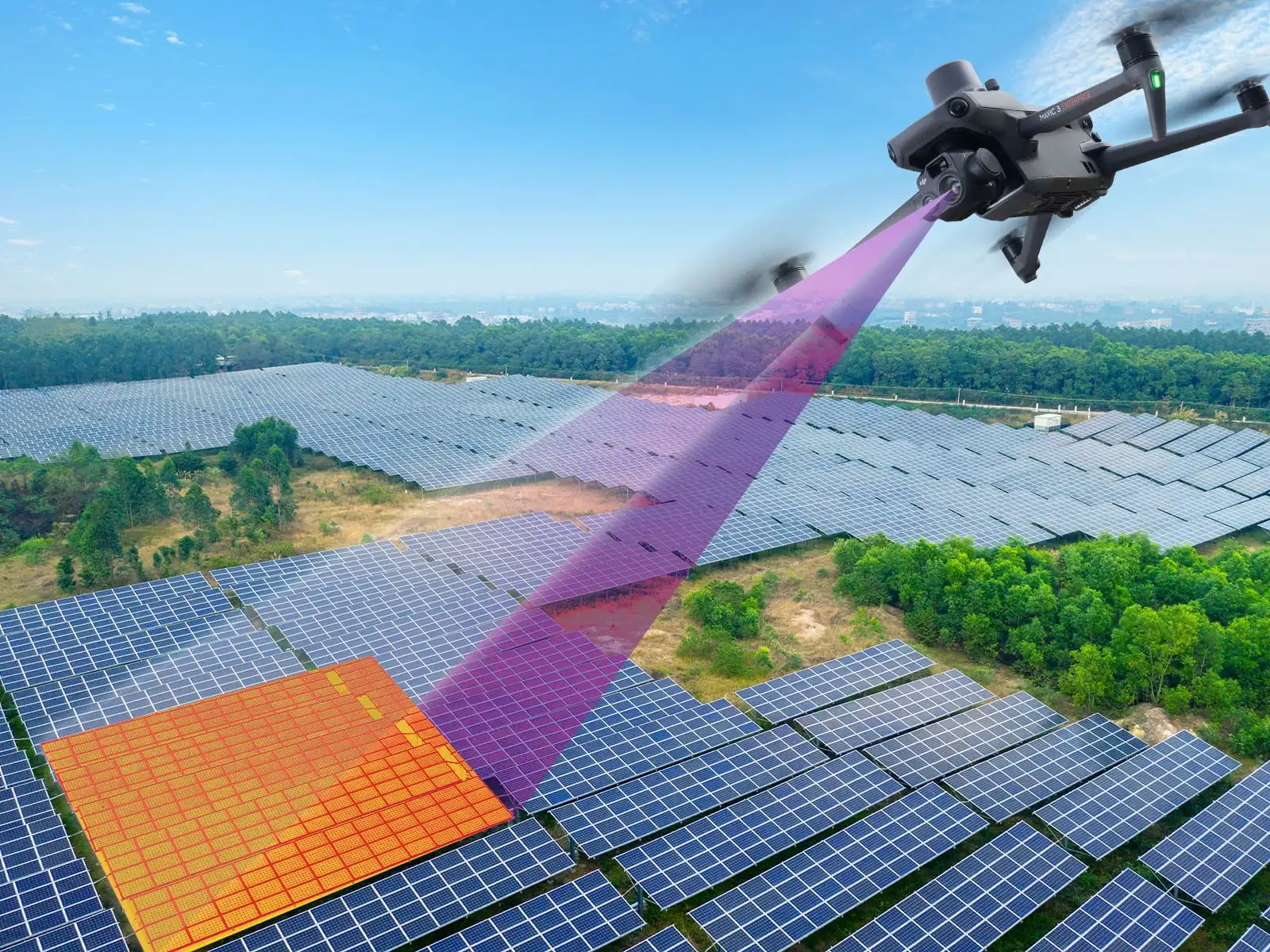import timm
import transformers
from torch import nn
import numpy as np
import gradio as gr
import PIL
# Instantiate classification model
from fastai.vision.all import *
model_multi = load_learner('vit_tiny_patch16.pkl')
def binary_label(path):
return 'No-anomaly' if (parent_label(path) == 'No-Anomaly') else 'Anomaly'
model_binary = load_learner('vit_tiny_patch16_binary.pkl')
# Instantiate segmentation model
from transformers import SegformerFeatureExtractor, SegformerForSemanticSegmentation
from torchvision.transforms import Grayscale
seg_feature_extractor = SegformerFeatureExtractor.from_pretrained('zklee98/segformer-b1-solarModuleAnomaly-v0.1')
seg_model = SegformerForSemanticSegmentation.from_pretrained('zklee98/segformer-b1-solarModuleAnomaly-v0.1')
def get_seg_overlay(image, seg):
color_seg = np.zeros((seg.shape[0], seg.shape[1], 3), dtype=np.uint8) # height, width, 3
palette = np.array(sidewalk_palette())
for label, color in enumerate(palette):
color_seg[seg == label, :] = color
# Show image + mask
img = np.array(image) * 0.5 + color_seg * 0.5
img = img.astype(np.uint8)
#img = PIL.Image.open(img)
return img
#@title `def sidewalk_palette()`
def sidewalk_palette():
"""Sidewalk palette that maps each class to RGB values."""
return [
[0, 0, 0],
[216, 82, 24],
[255, 255, 0],
[125, 46, 141],
[118, 171, 47],
[161, 19, 46],
[255, 0, 0],
[0, 128, 128],
[190, 190, 0],
[0, 255, 0],
[0, 0, 255],
[170, 0, 255],
[84, 84, 0],
[84, 170, 0],
[84, 255, 0],
[170, 84, 0],
[170, 170, 0],
[170, 255, 0],
[255, 84, 0],
[255, 170, 0],
[255, 255, 0],
[33, 138, 200],
[0, 170, 127],
[0, 255, 127],
[84, 0, 127],
[84, 84, 127],
[84, 170, 127],
[84, 255, 127],
[170, 0, 127],
[170, 84, 127],
[170, 170, 127],
[170, 255, 127],
[255, 0, 127],
[255, 84, 127],
[255, 170, 127],
]
def predict(classification_mode, image):
if (classification_mode == 'Binary Classification'):
model = model_binary
else:
model = model_multi
labels = model.dls.vocab
# Classification model prediction
#image = PILImage.create(image)
pred, pred_idx, probs = model.predict(image)
seg_img = None
percentage_affected = '0%'
if (pred.upper() != 'NO-ANOMALY'):
addChannel = Grayscale(num_output_channels=3)
image = addChannel(image)
inputs = seg_feature_extractor(images=image, return_tensors="pt")
outputs = seg_model(**inputs)
logits = outputs.logits # shape (batch_size, num_labels, height/4, width/4)
# First, rescale logits to original image size
upsampled_logits = nn.functional.interpolate(
logits,
size=image.size[::-1], # (height, width)
mode='bilinear',
align_corners=False)
# Second, apply argmax on the class dimension
pred_seg = upsampled_logits.argmax(dim=1)[0]
seg_img = get_seg_overlay(image, pred_seg)
classified_pixels = np.unique(pred_seg.numpy(), return_counts=True)
pixels_count = dict({classified_pixels[0][0]: classified_pixels[1][0],
classified_pixels[0][1]: classified_pixels[1][1]})
percentage_affected = round((pixels_count[1]/960)*100, 1)
percentage_affected = str(percentage_affected) + '%'
seg_img = PIL.Image.fromarray(seg_img)
return ({labels[i]: float(probs[i]) for i in range(len(labels))}, seg_img, percentage_affected)
description = """

This program identifies the type of anomaly found in solar panel using an image classification model and the percentage of the affected area using an image segmentation model.
(Models are trained on InfraredSolarModules dataset, and hence expect infrared image as input)
"""
gr.Interface(fn=predict,
inputs= [gr.Dropdown(choices=['Binary Classification', 'Multiclass Classification'], label='Classification Mode:',
info='Choose to classify between anomaly and no-anomaly OR between 12 different types of anomalies.'),
gr.Image(type='pil', label='Input infrared image: ')],
outputs=[gr.outputs.Label(num_top_classes=3, label='Detected:').style(container=False),
gr.Image(type='pil', label=' ').style(height=240, width=144),
gr.Textbox(label='Affected area:').style(container=False)],
title='Solar Panel Anomaly Detector',
description=description,
#examples=[[], []],
article= 'by Lee Zhe Kaai').launch()
